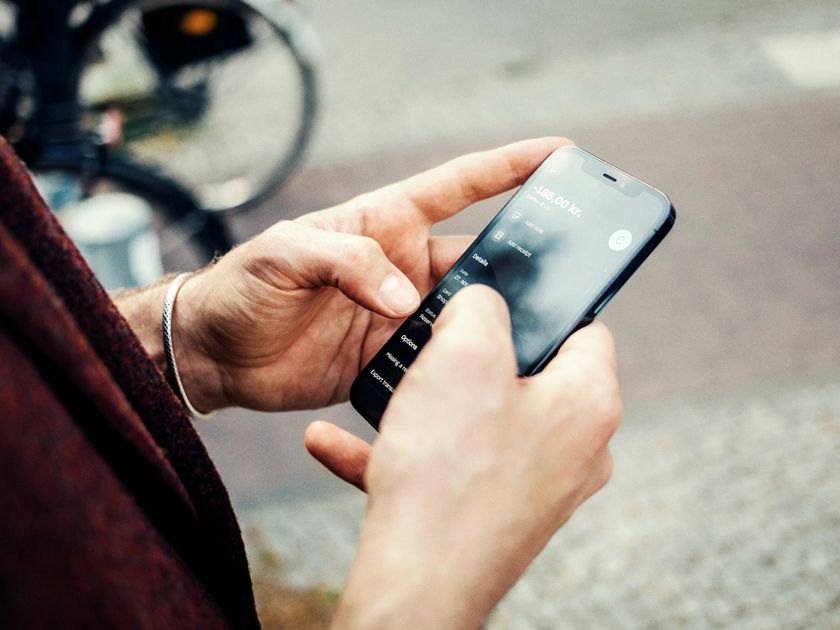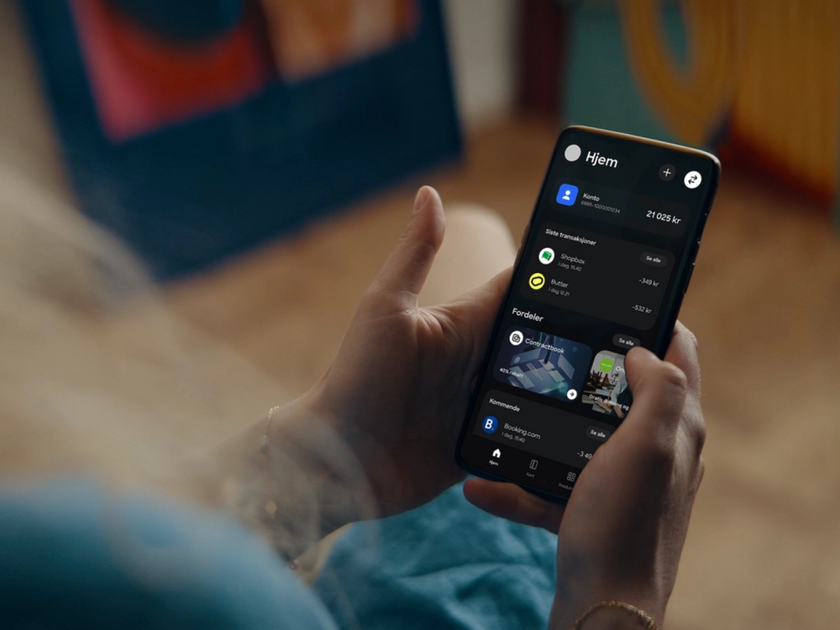How to open a bank account in Denmark
When moving to Denmark, one of the first things to do is open a bank account. With the right information and preparation, opening a bank account in Denmark is relatively straightforward. Hit the ground running with our comprehensive guide to opening a bank account in Denmark.
What do you need to be aware of when opening a bank account?
Having a bank account is essential as an expat or international living in Denmark. It allows you to receive your salary, pay bills, and manage your finances.
Having a bank account in Denmark will enable you to pay for goods and services using your debit card, credit card, or mobile app. If you already have a bank account in your home country, you can quickly transfer money between your bank accounts. However, there might be a fee depending on the bank.
Here are some factors to consider when choosing a bank in Denmark:
- Fees
Pay attention to fees when choosing the right bank. Banks in Denmark charge various fees. These include account maintenance, ATM, and/or transaction fees. - Customer serviceCustomer service can be very helpful, especially if you are new to the Danish banking system. That is why you should look for a bank with a helpful customer support team to assist you in English.
- Language options
When choosing the right bank for you, you also have to make sure that the bank will support your preferred language and request it - if you don’t, the language will automatically be Danish. - Online banking option
Since online banking is becoming increasingly popular in Denmark, you could consider a bank that offers online banking services or mobile banking for easy and convenient banking. Some banks are only open from 10-16 on work days - so consider an online banking option if you work during the regular opening hours.
What do I need to open a bank account in Denmark?
If you are registered as a resident in Denmark – or if you are receiving pay for the work you’re doing in Denmark – you may be eligible to apply for a bank account.
Requirements to open a bank account
To open a bank account in Denmark, you’ll typically need to provide:
- A valid photo ID (passport or national ID card)
- Proof of address in Denmark (Yellow health card, utility bill or a screenshot of your CPR register)
- A Danish CPR number (shown on your yellow health card)
- MitID
Depending on the bank, different requirements might be listed - so to be sure, check the website of the specific bank. Are you wondering what CPR number and MitID are? Let’s go through them both bit by bit.
CPR
The CPR number is a unique identification number assigned to every Danish citizen and resident. In many cases, you will need to obtain a CPR number before you can open a bank account in Denmark. You can obtain the CPR number by registering with the Danish Civil Registration System (CPR) .
Read more about the CPR number - and how to register - here
MitID
MitID is your personal identification key and gateway to accessing different digital services – or for two-factor authentication, in some cases.
To get your MitID, you must book an in-person appointment at your local Citizen Service Centre. You will also need to bring your Danish CPR number and certain identity documents (which the office will inform you about).
You can now apply for a Danish bank account with your personal ID, CPR number, and MitID.
Read more about MitTID here.
If you are not a resident of Denmark, you’ll need to provide additional documentation, such as a work contract or a visa.
Once you’ve submitted your application, you’ll need to wait for approval. Depending on the bank and its verification process, this can take a few days to weeks. That is why you should bring cash or an existing paymentcredit card to finance the first few weeks of your stay, to be sure.
Opening a NemKonto
In addition to opening a regular bank account, the Danish government also requires all citizens and residents to have a NemKonto. NemKonto is a specific kind of bank account used to receive government payments, tax refunds and/or social benefits. Read more about the NemKonto here.
When opening a bank account in Denmark, you should first find the right bank for you. In this process, it is essential that you compare the different banks to find one that suits your needs and preferences.
Cards in Denmark
When opening a bank account in Denmark, you will also need to get a card. In this case, there are a few things to bear in mind, such as the different cards available
Read more about cards in Denmark here.
How to open a bank account with Lunar
At Lunar, we love smart and simple banking (who doesn’t?). That’s why, as an expat, you can get a free Danish bank account with us to receive payments and open your NemKonto.
You’ll also get a free digital card that comes without annual fees, and you’ll be joining 1,000,000 other Lunar users.
At Lunar, you are welcome to keep your current bank - and still use the Lunar banking app, which is full of helpful features, on the side. You’ll get an easy digital signup via the app.
When you have your personal ID, CPR number, and MitID ready, applying only takes a few minutes. These questions are good to prepare:
- What is your citizenship, and where were you born?
- What are your main purposes for using Lunar? And will you use Lunar as your primary bank?
- Are you expecting to receive money from countries outside Denmark?
- Are you expecting to send money to countries outside Denmark?
- Do you live in Denmark? And in which country are you liable to pay taxes?
When you’ve answered the simple questions, review the terms and conditions, sign the banking contract digitally, and confirm your application using your MitID and CPR number.
That’s it.
We will review your application so you can access your new Danish bank account as soon as possible.
Last updated August 18, 2023. This article is based on general information, and there may be special rules and circumstances that you should be aware of. This should not be considered counseling.
You might also like...
SU in Denmark: All about the State Educational Grant
Denmark is known for its high-quality education system. One of the benefits of studying in Denmark is the SU - The State Educational Grant...
Interest rates in Denmark
Interest rates play an important part in the Danish economy. They affect everything from the cost of borrowing money to the strength of the...
How to buy real property in Denmark
Wondering how to buy real property in Denmark as an expat? There are different things you need to keep in mind when looking to purchase...
Living in Denmark – A guide to embracing the Danish life
Are you considering living in Denmark? Denmark is renowned for its quality of life and work-life balance, and is considered one of the most...




